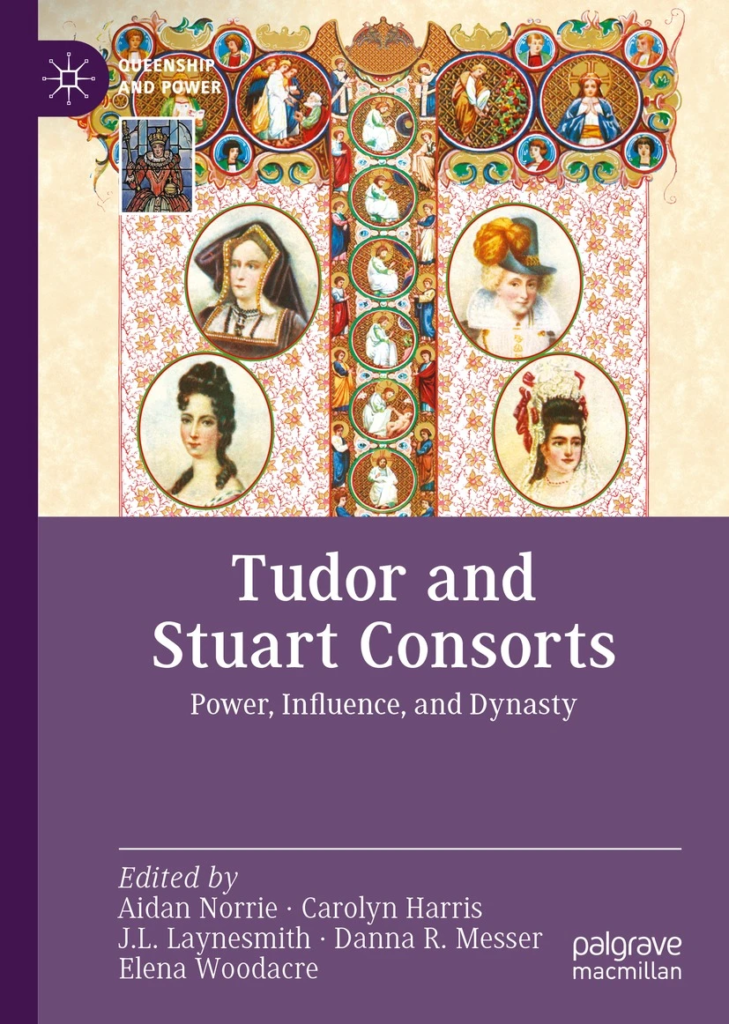My course about the history of Women in Power from the Classical World to the 21st Century will be offered in class at the University of Toronto School of Continuing Studies on Tuesday afternoons in Fall 2022 from October 11 to November 29.
Click here for more information and to register
ABOUT THIS COURSE
Powerful women have presented themselves as warrior queens, rulers by divine right, wives and mothers and, most recently, as elected officials. We’ll examine the most significant female political figures in history, including Boadicea, Queen Isabella, Queen Elizabeth I, Indira Gandhi, Margaret Thatcher and Hillary Clinton. Through lively lectures and discussions, you’ll learn the story of women in political life. Why are women still underrepresented in political life? Join Carolyn Harris for a fascinating look at the often-neglected place of women in power from Cleopatra to Angela Merkel.
WHAT YOU’LL LEARN
- Survey changing attitudes toward women and political power throughout history.
- Explore how female leaders have presented themselves to the public.
- Understand how powerful women are portrayed in popular culture and the media.
- Compare the experiences of female leaders around the world.
- See how the history of women in power influences female political leadership today.
Click here for more information and to register

